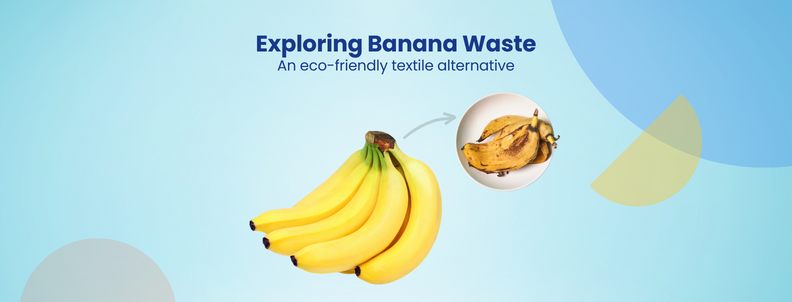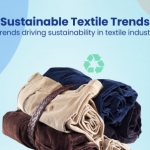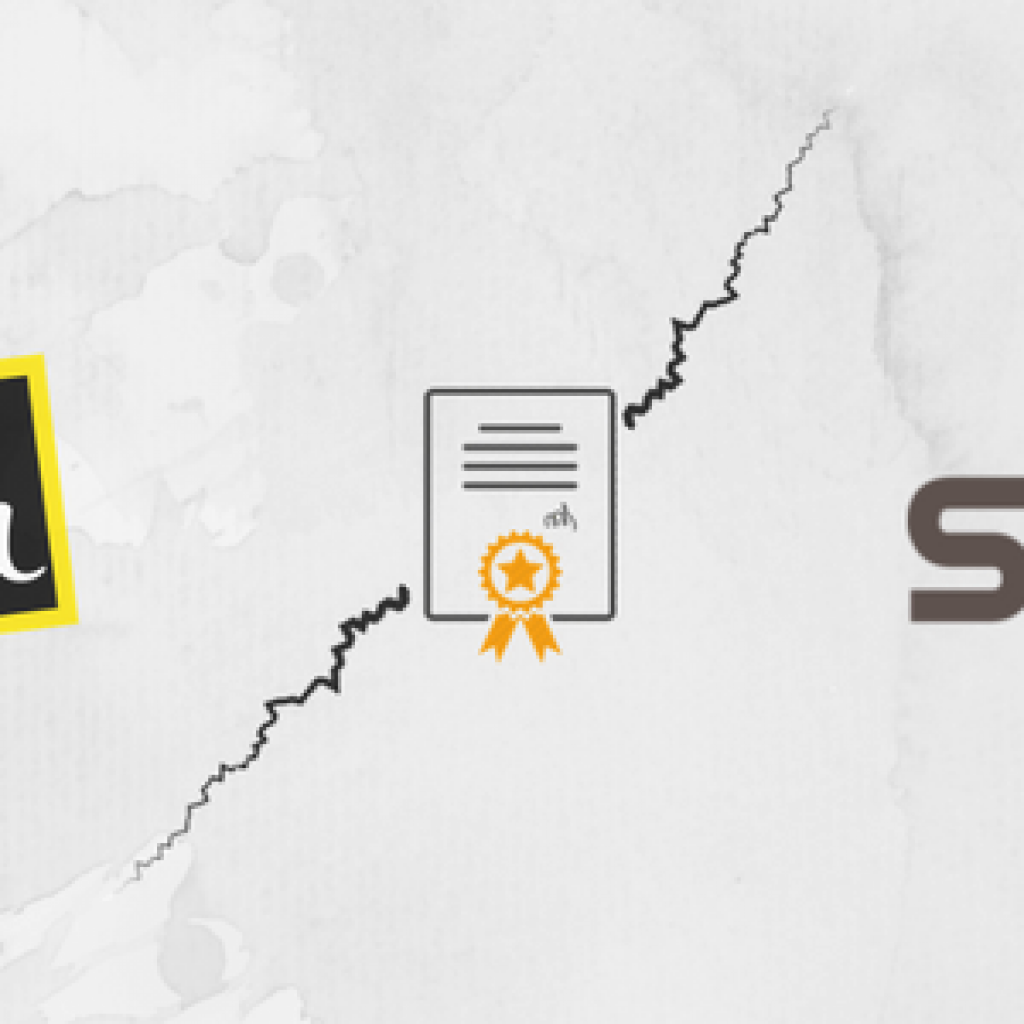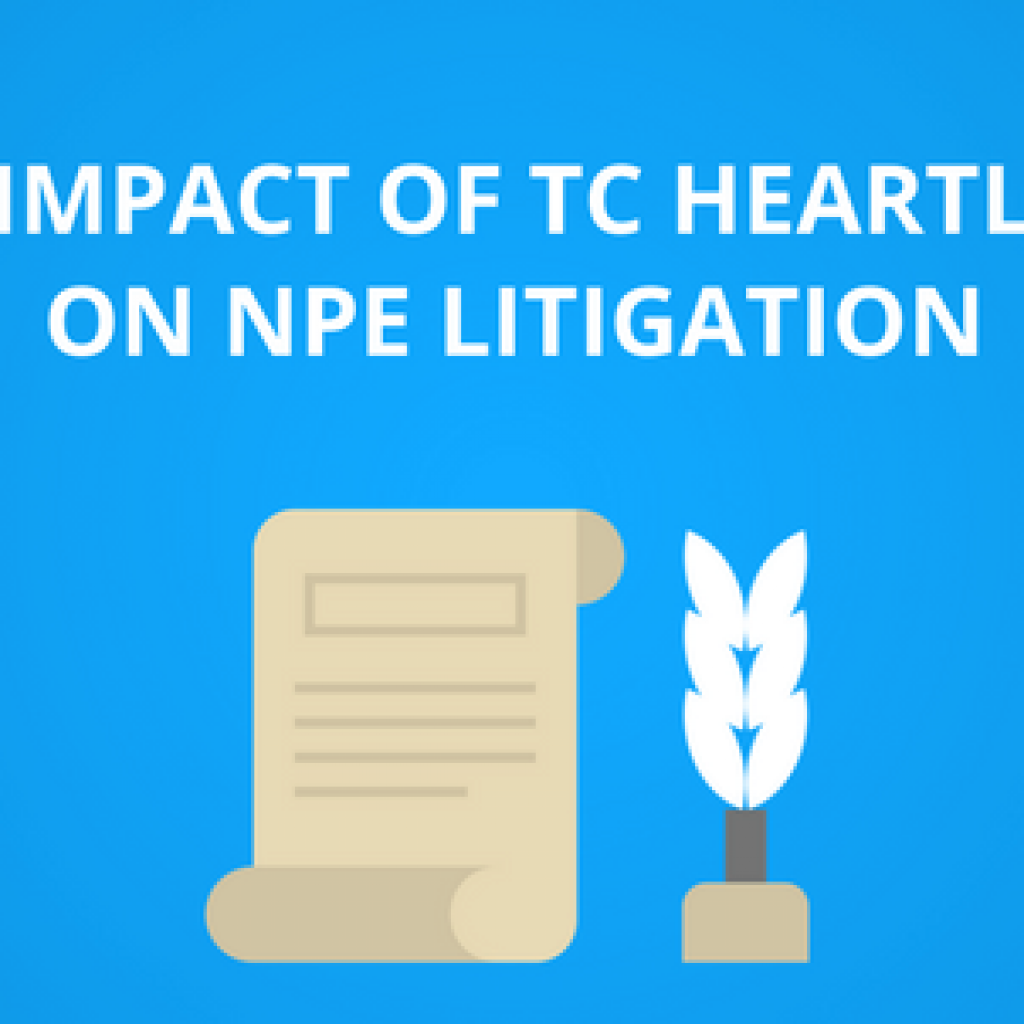The alarming reality of 92 million tons of clothing ending up in landfills annually has fueled the textile industry’s strategic shift toward biodegradable clothes.
Many companies and startups are researching to bring an eco-friendly alternative into the picture.
Shroff Industries, an Indian company, is leading this movement by converting tons of banana fiber waste into eco-friendly products such as baskets, planters, bags, yoga mats, and more.
We were determined to learn about Shroff’s technology and explore its potential impact on biodegradable textiles as a technology scouting firm. We invited Mehul, Director of Shroff Industries, to gain valuable insight into their technology.

Through our innovative approach to utilizing banana fiber, we are creating sustainable products, empowering local communities, and promoting environmental conservation. Our vision is to revolutionize the industry, making banana fiber a mainstream and cost-effective option for various applications.
Mehul Shroff, Director
Overview: Shroff’s Eco-friendly Technology
Shroff’s innovative approach to building textiles from banana fiber involves a multi-step process that begins with sourcing banana stems, a plentiful agricultural byproduct. After harvesting the stems, the outer layers are carefully removed to extract the fibers within. These fibers are then processed and treated to enhance their strength and durability, making them suitable for weaving into textiles.
One of the key advantages of banana fiber textiles is their sustainable nature. Unlike traditional textiles, which often rely on resource-intensive materials like cotton or synthetic fibers, banana fiber textiles utilize a renewable resource that would otherwise go to waste. Additionally, banana fiber textiles are biodegradable, making them an environmentally friendly alternative to synthetic fabrics, contributing to pollution and waste accumulation.
By building textiles out of banana fiber, Shroff Industries not only creates high-quality, eco-friendly products but also promotes rural livelihoods by providing employment opportunities for artisans, especially women. This approach aligns with the company’s vision of fostering sustainability, economic empowerment, and environmental conservation through innovative and socially responsible business practices.
Highlights from the conversation
What led to Shroff’s innovations, and how did you conceive the idea for these technological advancements using banana stems?
We’ve licensed a patented technology from Navsari Agricultural University. It involves the production of organic fertilizer from banana stems, suitable for various plantations including tea, rubber, fruits, vegetables, and cereals. This all-in-one product aligns with our focus on banana technology. Additionally, we’ve observed a growing market demand for eco-friendly materials like bamboo and banana fibers, particularly in products such as women’s and baby hygiene items, as well as bamboo fiber clothing.
What is your current strategy for collaborating with larger companies and supplying them with raw materials?
As of now, it’s evident that walking alone might not lead us very far, so we’re actively seeking collaborations with experts in distribution. While our expertise lies in banana fiber and empowering women, such as through products like banana fiber yoga mats, we’re also exploring eco-friendly technologies that can reduce costs. Additionally, we’re passionate about revitalizing handloom practices, which have unfortunately dwindled due to machinery dominance. Natural fibers complement handlooms exceptionally well, and we’re keen to partner with brands promoting sustainability. Post-COVID, we’ve noticed a shift towards eco-consciousness, with people preferring environmentally friendly products. Hence, we plan strategically to collaborate with companies that align with our vision.
How do you view other companies in your sector, are they competitors, or do you think Shroff has a considerable lead?
At this stage, I don’t see any direct competition for Shroff Industries or vice versa. We’re still in the nascent phase, particularly in the banana industry. Awareness about banana fiber and its potential is still quite low. Our market niche is still emerging, akin to seedling in a garden. Cultivating a competitive landscape will take us several years of nurturing, industry collaboration, and market education.
Currently, those in the banana fiber sector primarily focus on educating others about the material itself rather than engaging in direct competition. Our goal is to continue this educational journey, fostering industry collaboration and building awareness around banana fiber. Only after a few years of concerted effort will we likely see a more competitive landscape emerge.
How challenging do you anticipate it will be for other companies to replicate your processes and products?
The competition in the banana fiber industry seems to be multi-faceted. It’s not just about access to the raw material, as banana stems are widely available in India. Rather, the real competition may revolve around who possesses the superior technology for transforming banana fiber into products suitable for various industries. Take clothing, for instance; the fiber must meet specific criteria like softness, sweat absorption, and breathability to ensure comfort. Similarly, hygiene products have their own unique requirements. So, the game might not be about who has the most abundant banana supply but rather who can innovate and refine the technology to meet these diverse industry needs.
Will the banana fiber industry be driven by input capacity or advanced technology for better product quality?
The future trajectory of the banana fiber industry hinges on a delicate balance between input capacity and technological innovation. While production capabilities are certainly important, the real challenge lies in marketing and establishing strategic partnerships. As the banana fiber market remains niche, securing industrial collaborators is paramount. This necessitates forging alliances with multiple partners to achieve substantial production volumes, rather than focusing solely on individual product lines. Therefore, the emphasis is not only on technological advancements but also on fostering collaborative relationships within the industry to drive significant growth in production capacity.
What strategies are you implementing to address the cost of banana fiber products, given their current high prices in the market?
We recognize the importance of addressing the cost aspect to make banana fiber products more accessible to consumers. Currently, we’re observing startups working on similar lines, offering products based on alternative fibers like bamboo or hemp. Additionally, companies like Sathi are already providing sanitary pads made from banana fiber.
Regarding the raw material cost, it’s crucial to find innovative ways to extract fiber from bananas more affordably. We’re actively developing technology aimed at achieving this goal, including the creation of a mobile machine that can move between farms, enabling on-site fiber extraction. This approach not only reduces production costs but also benefits farmers by providing them with an additional source of income without the need for transportation.
Looking ahead, we envision collaborating with more industries to understand their material requirements, which will drive the demand for banana fiber. This increased demand will, in turn, incentivize machine manufacturers to invest in projects aimed at scaling up production, leading to a significant reduction in costs and a more sustainable supply chain.
Meet our interviewer – Shikhar Sahni, SVP of Operations at GreyB.

Shikhar Sahni is a technology consulting veteran with experience supporting technology investment decisions, R&D expansion strategy, IP expansion strategy, and conducting litigation risk mitigation and competitive assessment studies.
Over the years, he has assisted Fortune 500 companies, consulting R&D teams, CTOs, IP heads, litigation lawyers, and individuals reporting to C-level executives and directors. Utilizing patents as a core component, his approach involves customizing solutions to enhance both R&D and overall business activity, focusing on delivering high ROI for clients in technology investing and R&D strategy.
Want to scout other innovative technologies for sustainable textiles?
Look no further – our comprehensive report has all the answers you seek!
Authored By – Ridhima Mahajan, Marketing










